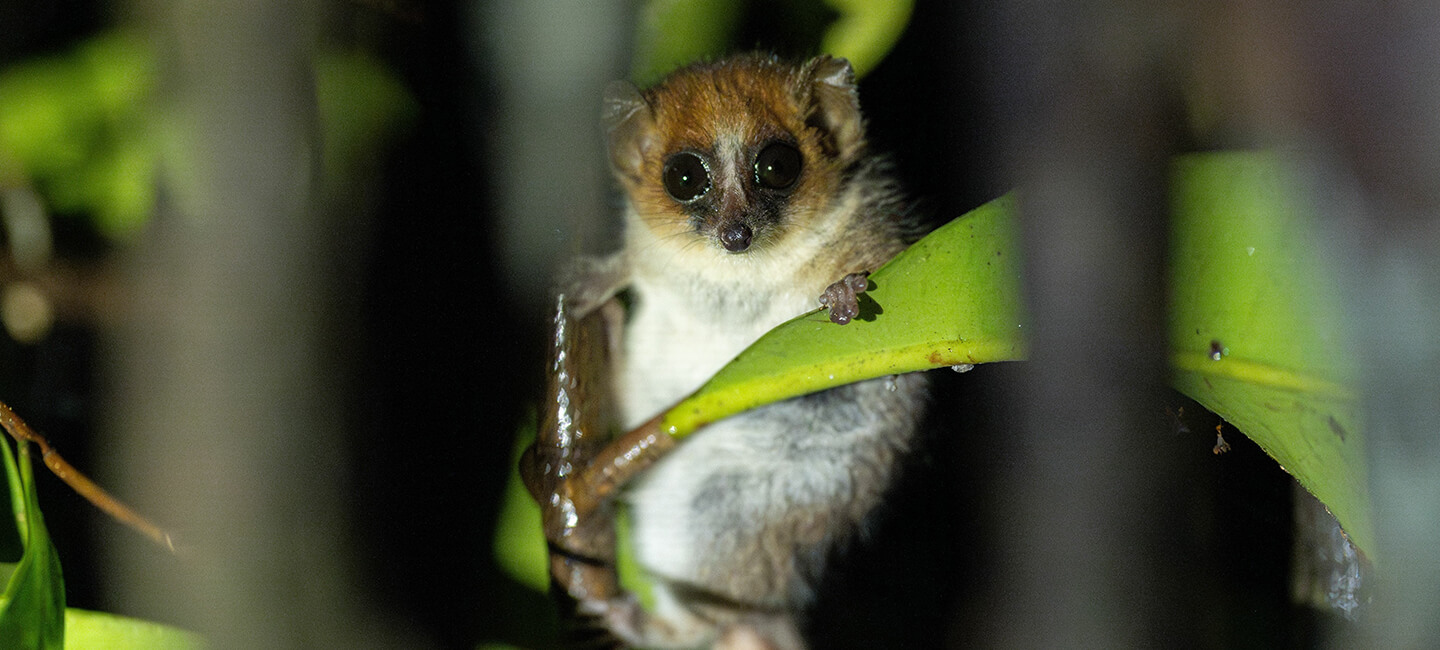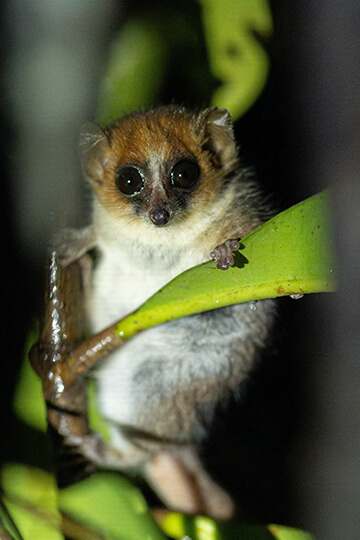

Forced transparency: One Voice reveals what goes on behind the scenes for MNHN's grey mouse lemurs
After another victory before the Versailles Administrative Court on May 31st, we have finally received some of the documents requested from the MNHN: dubious procedures, unjustified reclassifications, missing documents… Here are a few revelations!
Since 2021, we have been calling for the closure of the world’s largest breeding facility for grey mouse lemurs destined for experimentation. More than 500 of these lemurs are kept here for use in laboratories. We have demanded full transparency from the National Museum of Natural History in order to expose the practices used there.
We went before the Versailles administrative court on two occasions, and last April, the judge once again ordered the MNHN to provide us with ethical assessments of experimental projects involving these primates.
Persistent grey areas
While he gave them two months to send us all documents concerning animal experimentation projects on grey mouse lemurs since 2013, we still have no trace of projects undertaken between 2013 and 2015. What’s more, our recent research leads us to believe that other experimental projects involving grey mouse lemurs were carried out in 2023 and 2024, without the corresponding documents having been sent to us. This is why we have contacted the MNHN again, demanding the immediate transmission of all documents relating to experiments on grey mouse lemurs!
Questionable procedures, animals sacrificed
The documents we were able to obtain following this decision reveal some worrying passages, confirming what we have long feared: procedures are not strictly adhered to. A striking example is this comment found in one of the assessments:
“Given that this animal model is valuable, it might be wise to put here mild or moderate because otherwise […] they cannot be reused.”
This passage is a clear illustration of researchers’ attitude to grey mouse lemurs. Far from being treated as sentient beings, these animals are perceived as mere “models”, resources to be optimized. Rather than following rigorous criteria to assess their suffering, it appears that their priority is to minimize it and maximize the use of these animals.
Other elements raised in these assessments also raise questions. Some of the reclassifications proposed by the ethics committee seem arbitrary. For example, we noted one case where surgery for the insertion and removal of telemetry implants was reclassified from “severe” to “moderate” without any explanation to justify it.
These big-eyed little animals are sentient beings, so sign the petition to put an end to their ordeal!